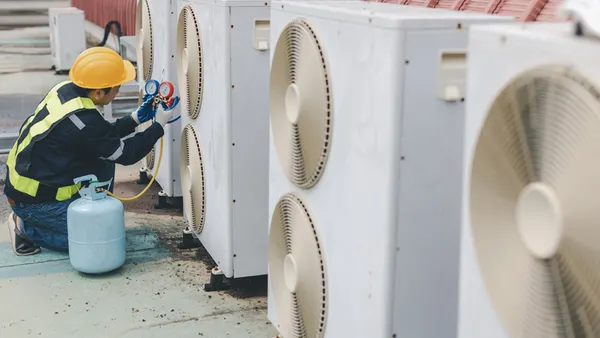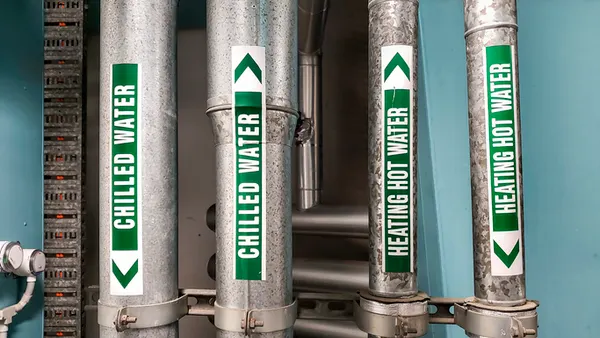The building sector “is not on track to reach net-zero emissions by 2050,” the Information Technology and Innovation Foundation warned in a report published Monday. Direct emissions from the sector, which do not include electricity use, accounted for 14% of U.S. greenhouse gas emissions in 2019 — up from 8% in 2005, the nonprofit and nonpartisan research institute said.
The building sector’s total emissions, including electricity use, account for 34% of U.S. GHG emissions, said ITIF. While total emissions from the sector have been falling, direct building sector emissions are on the rise due to the growing use of hydrofluorocarbons in air conditioning and refrigeration. Water heating, cooking, and clothes drying are also major contributors, ITIF said.
“It is the only energy-related end-use sector in which GHG emissions rose,” ITIF said, noting economy-wide GHG emissions fell 12% from 2005 to 2019. Other sectors considered include: transportation, industry, electricity and agriculture.
ITIF laid the blame on a lack of federal research and development funding as well as on inadequate national strategies to make building decarbonization easier.
“Clean energy innovation in the building sector is underfunded, which hinders [the Department of Energy’s] ability to execute a strategic pivot towards energy efficiency improvements,” ITIF senior policy analyst and report author Hoyu Chong said in a statement. “This is likely leading the building sector to underperform in emissions reductions relative to the economy generally.”
The building sector is the United States’ largest energy-consuming sector: it represents 39% of total energy consumption and 75% of electricity use, ITIF said. The report recommends DOE expand funding of building technologies research and “accelerate [research, development, and demonstration] efforts to electrify buildings, integrate them into the power grid, and retrofit them.”














